Taste Masking in Oral liquids
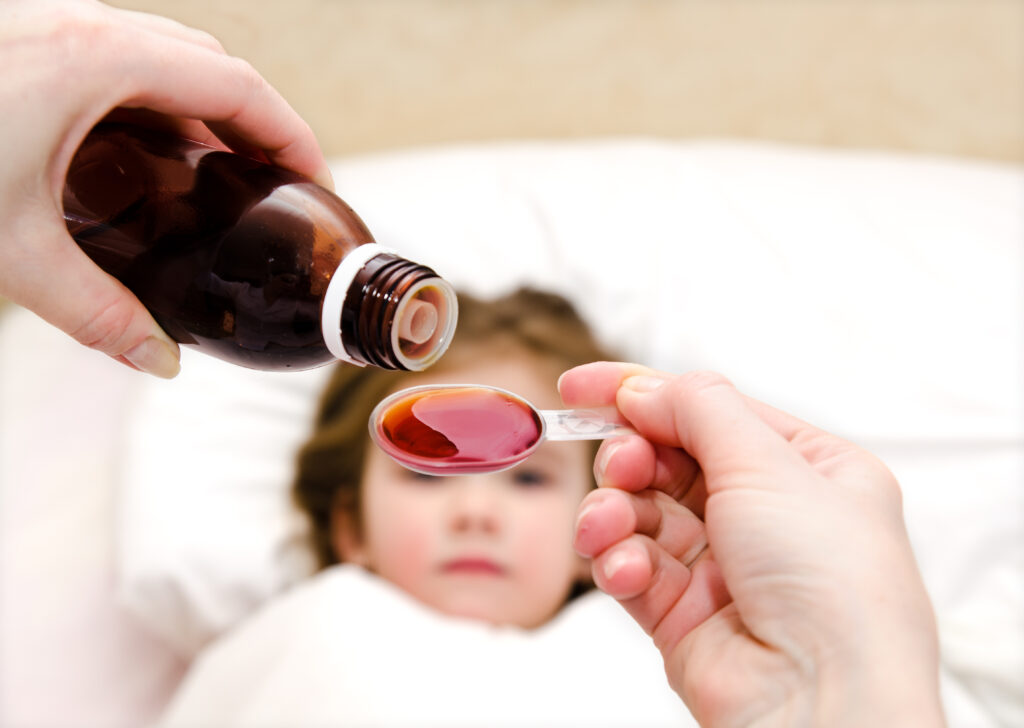
Oral liquids such as syrups and suspensions are the preferred dosage form for pediatric and geriatric patients due to their ease of administration. Swallowing a tablet can be difficult for an infant or an elderly person and injectables usually require a qualified person to administer the drug. Patient compliance in both these drastically decreases if […]
Formulating Fixed-Dose Combination (FDC) Drugs: Innovation through bilayer tablet technology
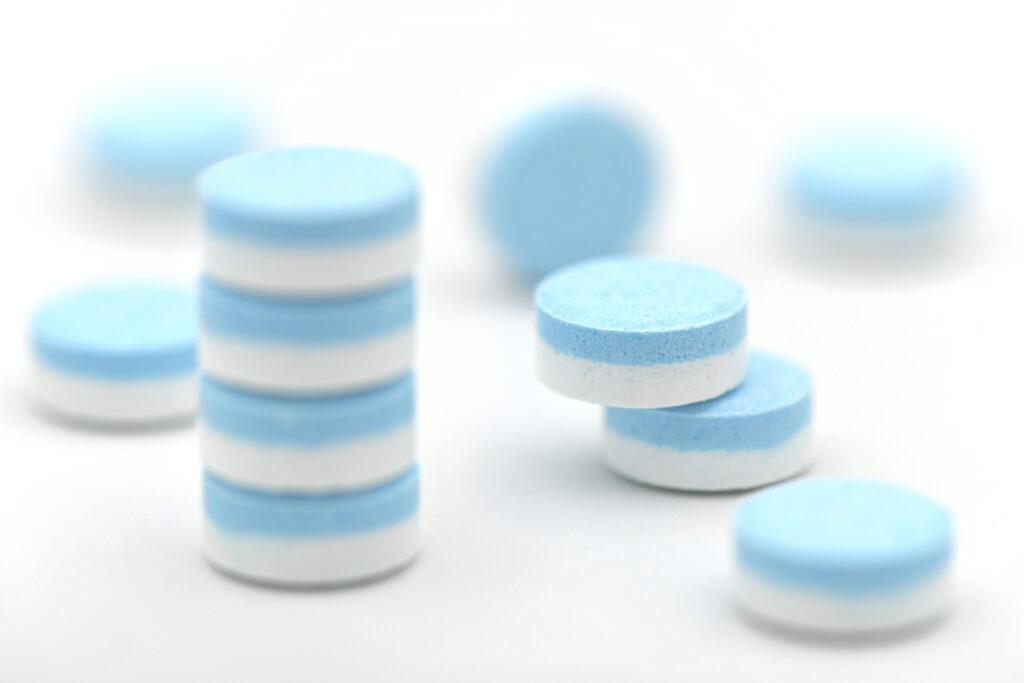
Bilayer tablets consist of two or more different layers compressed together to form a single tablet. Bilayer tablets are gaining popularity due to their ability to administer multiple active ingredients in one single dosage form. Patients prefer a simple dosing regimen rather than taking multiple different pills throughout the day. Bilayer tablets can help in […]
Overcoming Key Challenges in Developing Fixed-Dose Combination Tablets
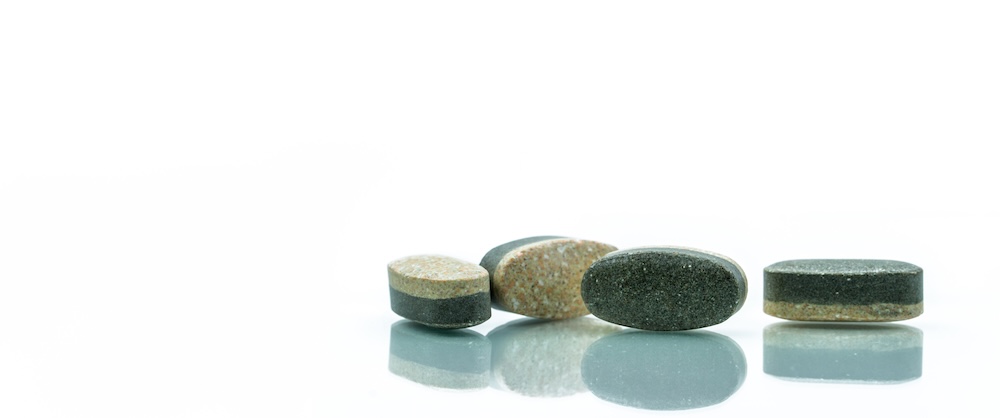
Fixed dose combination products are dosage forms containing two or more active pharmaceutical ingredients. Including more than one active ingredient in the same dosage form has shown to increase the effectiveness of treatment for infective diseases such as HIV and tuberculosis and also chronic conditions such as blood pressure and diabetes, where patient compliance is […]
Gels, Creams, Lotions, and Ointments: Key Benefits and Differences
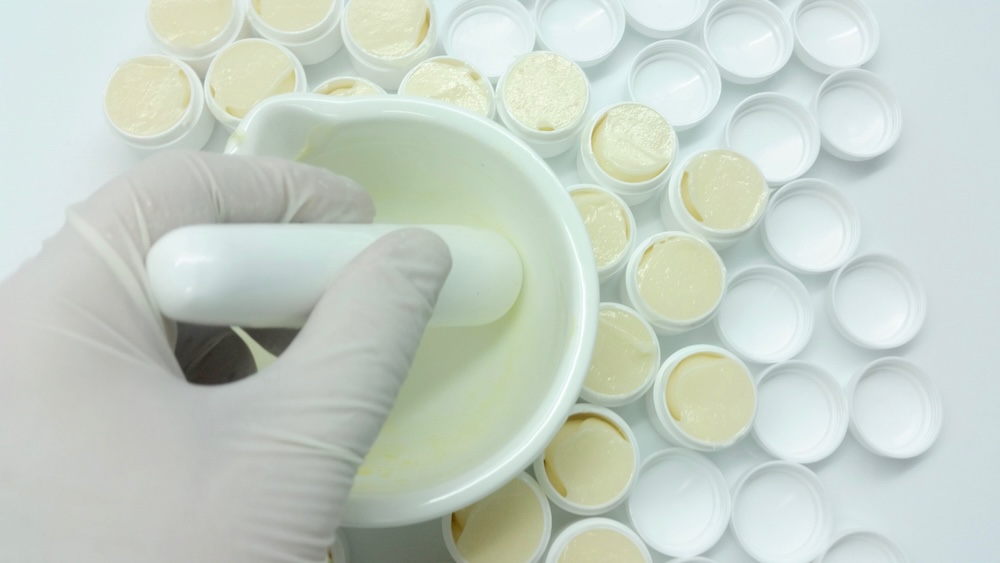
Semi-solid dosage forms are a class of pharmaceutical formulations that exist in a state between solid and liquid, exhibiting characteristics of both. These dosage forms are widely used in various applications, particularly in topical and transdermal drug delivery. Semi-solid dosage forms, such as gels, creams, lotions and ointments, are topical formulations designed for application to […]
Patient Compliance Through Drug Delivery Systems
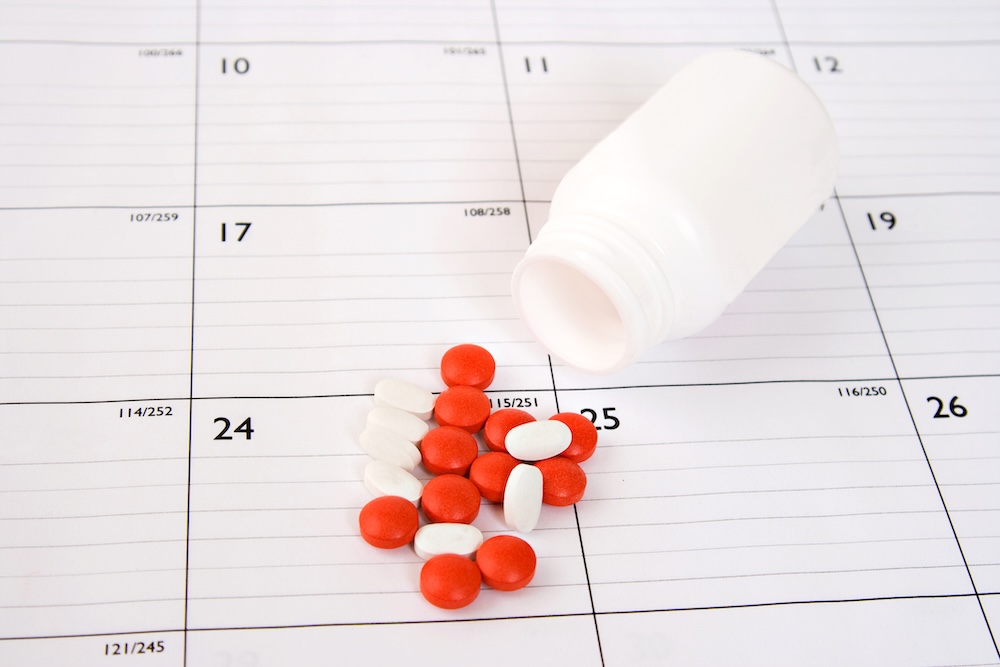
Lack of patient compliance in medication is a major cause of poor health outcomes. There are a variety of reasons that contribute to this lack of patient compliance. Forgetfulness, adverse side effects, lack of access to medicine, high cost, inability to swallow large tablets or capsules, fear of needles, and poor taste are all reasons […]
Controlled Release Explained
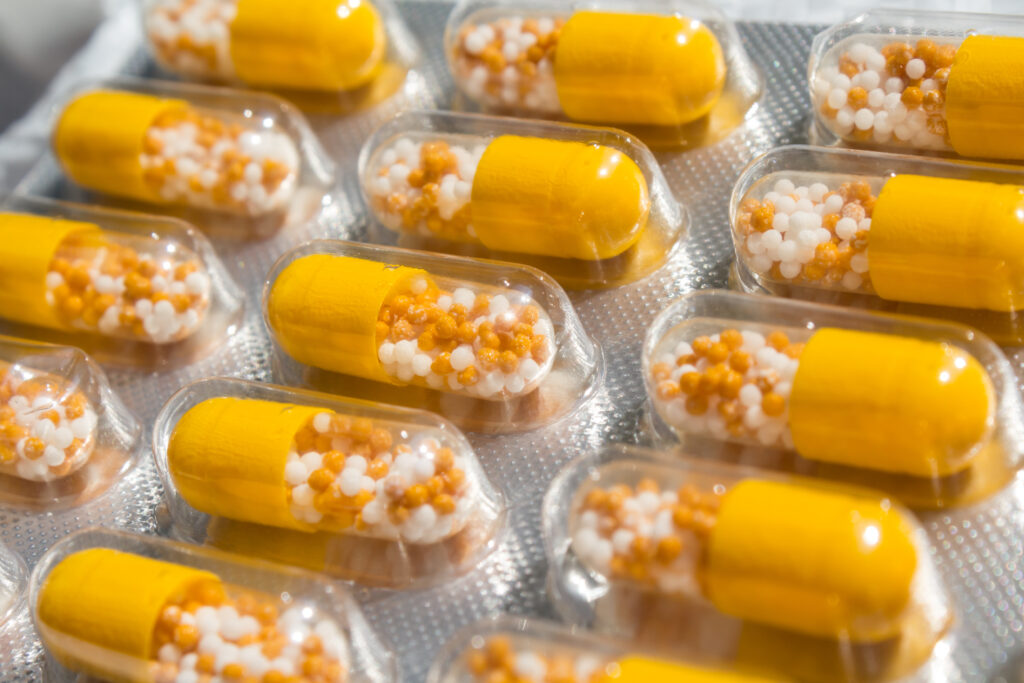
Controlled Release (CR) involves the application of one or more polymer system to design a drug product that controls the drug release in a desired well characterized and reproducible manner. This results in drug entry into the systemic circulation within the specifications of the required drug delivery profile. Figure below compares plasma drug profiles for […]
Tablet Defects and How to Overcome Them in Manufacturing

Oral solid dose formulations, like tablets and capsules, are the most popular dosage forms for pharmaceutical drugs in the US due to their high medication compliance amongst patients and low manufacturing cost. A bottle of tablets for a monthly prescription can sometimes be manufactured for as low as five dollars, a cost virtually impossible to […]
What is Oral Solid Dosage (OSD): A Comprehensive Guide to OSD Formulations
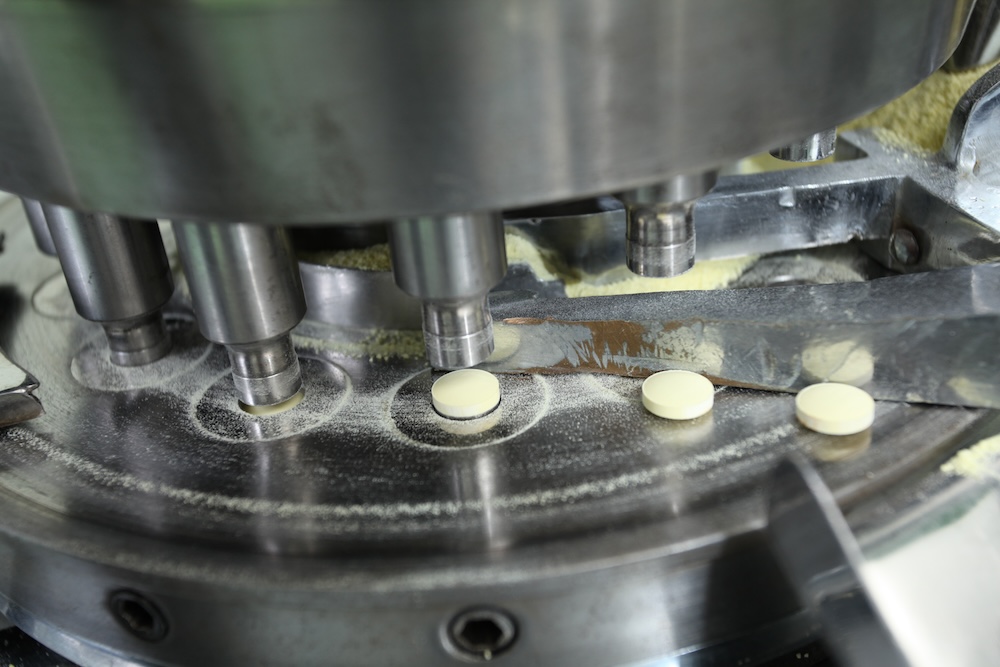
Oral solid dosage (OSD) refers to a finished drug product that is available in solid form intended to be administered through the oral cavity. These are available as unit doses which contain a precise amount of drug substance in a variety of forms such as tablets, capsules, powders, granules and troches. Why OSDs? Oral solid […]
Key Pharmacokinetic Factors in Semi Solid Topical Medication Development
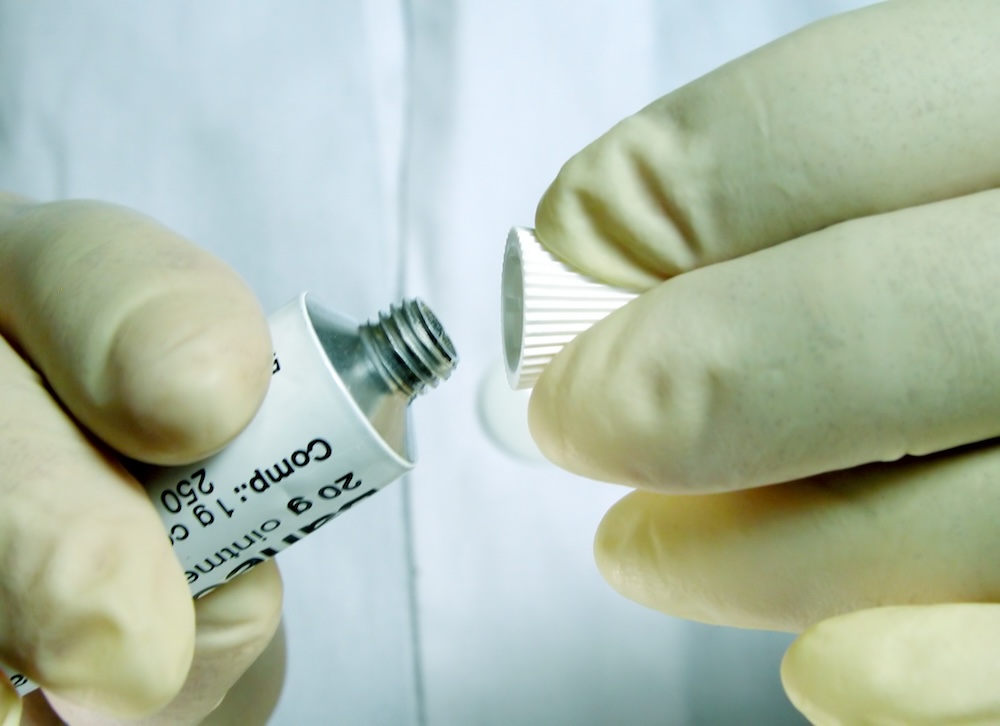
Topical drug products, which are typically semi solid dosage forms, are designed to deliver active ingredient on the skin or mucous membranes, primarily intended for topical application and to exert local therapeutic effects. Topical drug products are available in the market in the form of creams, gels, ointments, and patches. Recently in the world of […]

